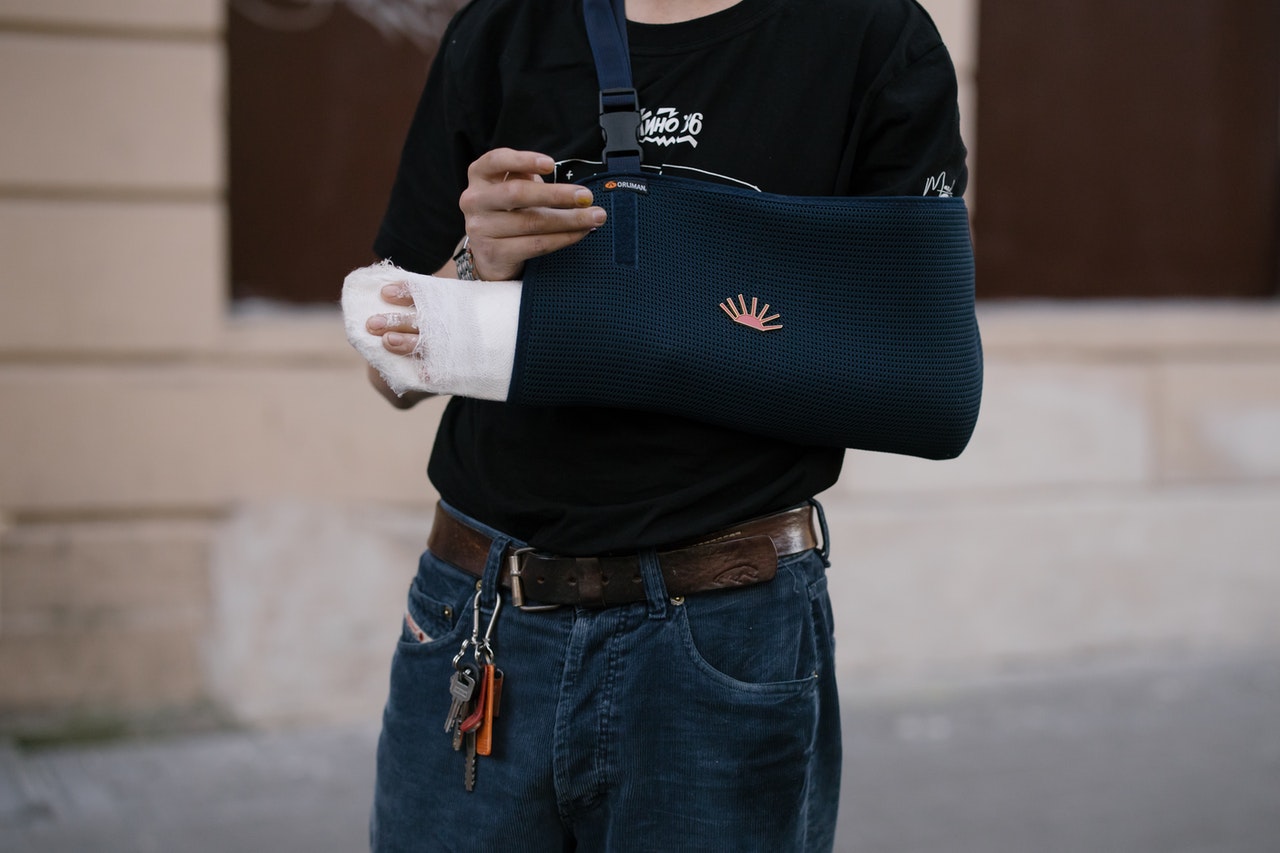
I learned this today. Unlike when skin heals, bones usually heal without a scar.
When you cut yourself, your body’s primary goal is to replace the skin as quickly as possible to keep infection out and your blood in. When it does this, it leaves a scar because it builds the new skin so quickly. Broken bones have a different priority when healing. For bones, the priority is healing to be as strong and stable as possible. A scar on a bone would be a weak point, so we have evolved bones that heal themselves slowly, but effectively.
When you break a bone, the first thing that happens is bleeding. We tend to think of bones as rigid things that never change, but bones are actually organs. They have soft spongy tissue inside them (bone marrow) that have many blood vessels. The bone marrow makes blood cells, and they can make up to 220 billion a day.
The blood from these vessels clots around the fracture and plugs the gap. This is the same as with a cut in the skin. The clotted blood forms a platform that cells will be able to grow along later.
The next step in the process is inflammation and cleaning. Your immune system sends white blood cells to the fracture. They clean away all of the damaged and dead tissue, and bacteria if there are any.
Then the bone starts to heal. The cells that are on the outside of the bone start to replicate. The cells on one side of the fracture become chondroblasts that can make cartilage. The cells on the other side of the fracture become osteoblasts which can make woven bone. The two sides slowly grow towards each other until they meet, bridging the fracture, and forming a callus.
This callus holds the bone together, but it is not the finished product because it is not strong enough. It is just a temporary scaffold. From here on, your body replaces this cartilage scaffold with real bone.
Making new bone isn’t as unusual as it sounds. Your body is constantly remaking its bones. Your bones contain cells called osteoblasts and osteoclasts that remodel your bones. Bones are used by the body as a store of calcium. Our blood has to have a very specific concentration of calcium in it. Too much calcium in your blood can cause many problems, kidney stones being one of them. Your bones take care of this. If there is too much calcium in the blood, it is deposited by the osteoblasts to form new bone. If there is not enough calcium in the blood, bone is broken down by the osteoclasts to supply it. And this is what happens at the site of a fracture. The osteoblasts take calcium out of the blood and very slowly replace the cartilage scaffold with bone. The soft cartilage callus becomes a hard bone callus.
The final stage removes the callus and reshapes the bone. The hard bone callus has healed the fracture and made the bone strong, but it is still misshapen because the callus forms a lump on the bone. Osteoclasts start to dissolve the bone that is sticking out and they smooth it down to the same shape as the rest of the bone. If they go too far, osteoblasts add bone. Together, they make a smooth bone that has no scar. This process can take a long time, but it is worth it to have a bone that is as strong, if not stronger, than it was before the fracture.
So, bones go through three main processes to heal a fracture. Firstly, they form a soft cartilage callus that holds the fracture together and makes a frame for the real bone to grow on. Secondly, osteoblasts take calcium out of the blood and use it to make solid bone. Finally, osteoclasts dissolve the bone that is out of line with the rest of the bone and heal the fracture without a scar because any scar would be a weak point. And this is what I learned today.
Sources
https://en.wikipedia.org/wiki/Bone_healing
https://www.webmd.com/first-aid/ss/slideshow-break-bone-what-happens
https://www.medicalnewstoday.com/articles/318961#Cartilage-and-bone
https://www.betterhealth.vic.gov.au/health/conditionsandtreatments/bone-fractures
https://socratic.org/questions/why-is-the-skeletal-system-an-organ-system
https://www.news-medical.net/health/What-are-Osteoblasts.aspx
https://depts.washington.edu/bonebio/bonAbout/bonecells.html


[…] point where the antler connects to the pedicle. These cells are active in our bodies when we have a healing broken bone. The osteoclasts degrade and weaken the bone until the antler breaks off under its own weight. The […]